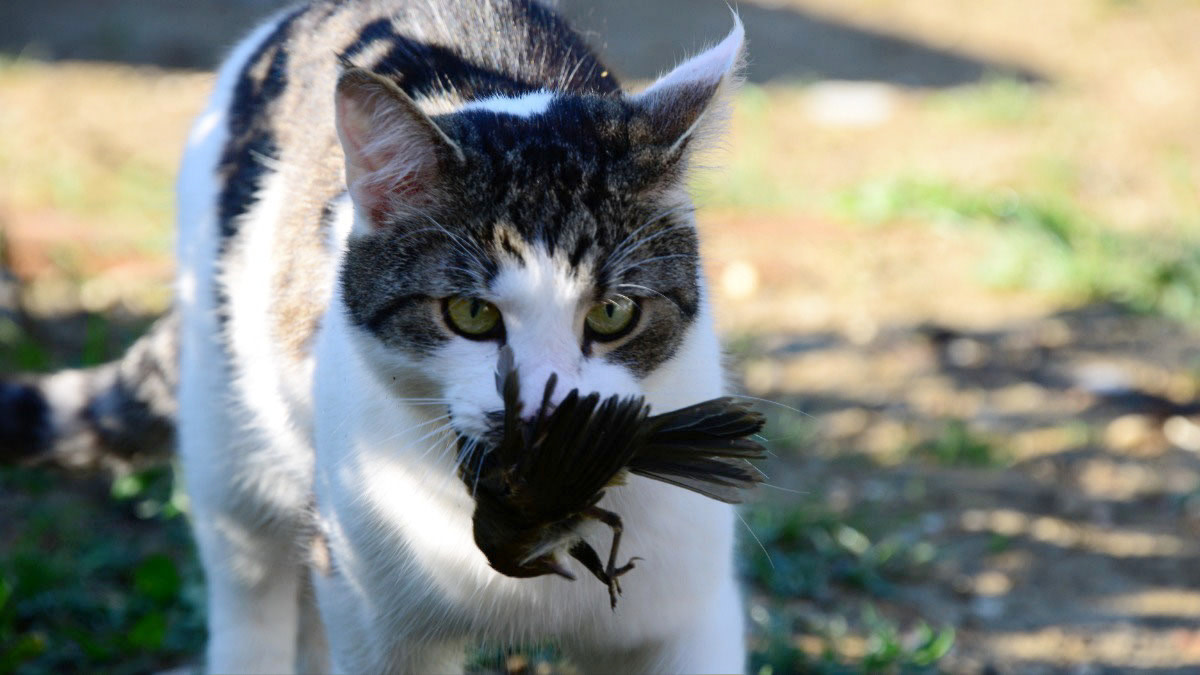New Zealand Town Cancels Feral Cat Hunting Contest After Backlash

A New Zealand (NZ) hunting competition encouraging kids to kill feral cats has removed the category after a torrent of “vile and inappropriate emails and messages” flooded the event organizers last week.
The North Canterbury Hunting Competition, a volunteer-run event encouraging the harvest of numerous introduced species such as deer, wild pigs, rabbits, and possums, created a new category for their 2023 competition. Kids 14 and under were set to compete for the greatest number of feral cats removed from the landscape to help raise funds for their local school through entry fees.
However, these efforts were heavily criticized by local animal welfare organizations, such as Auckland-based SPCA and animal rights charity SAFE, whose objections led to a surge of angry emails and messages towards the competition organizers. They feared the category would result in unnecessary wounding of feral cats as well as unintentional killing of free-ranging domestic cats.
Feral Cats at Large
Feral cats cause extensive damage to NZ’s fragile ecosystems. The native fauna, consisting of mostly flightless birds, are naive to mammalian predators, making them easy prey for feral cats. It’s estimated that several million feral cats, along with nearly 1.2 million domestic cats, kill close to 1.12 million native birds each year in NZ, and have been directly responsible for the extinction of six endemic bird species. In one exceptional instance, a single cat wiped out an entire species, the flightless Lyall’s wren of Stephens Island, off the coast of NZ.
In addition to preying on native birds, cats are also a host species for Toxoplasmosis, a contagious disease that can pose a significant threat to the sheep industry. Furthermore, many local councils don’t have targeted programs for feral cat control, leaving most of the responsibility in the hands of landowners.
SPCA science officer Christine Sumner told local reporters that “it can take a lot of experience to humanely shoot animals, placing a shot that leads to the quickest death. That is one of the concerns we have with a competition that encourages younger people to shoot animals and receive a reward for doing so." Additionally, part of the SPCA’s fear is that young hunters wouldn’t be able to identify the difference between a true feral cat and a free-roaming house pet.
The competition guidelines were clear that domestic cats were not to be targeted, and any cat with a microchip would lead to automatic disqualification from the competition. Clear directives were also outlined to participants to follow the Firearms Act of 1983 as well as the Animal Welfare Act of 1999.
The organizers of the competition, as well as leading members of the Rotherham School, received a wave of emails and messages so “vile” that they had to cancel the event for their own safety. In a media release published on April 19 by competition organizers, they stated, “Our sponsors and school safety are our main priority, so the decision has been made to withdraw this category for this year to avoid further backlash. We are disappointed and apologize to those who were excited to be involved in something that is about protecting our native birds, and other vulnerable species”.
After the cancellation, the insults continued through their Facebook page and through other social media channels. In the comments section of an Instagram post published by the BBC, organizers were accused of “grooming young kids” and “poisoning their minds” without first being provided the context as to why the feral cats were being hunted or how the competition was being conducted.
From a Hunter’s Experience
Hunting as a method of controlling introduced species is a major part of rural life in New Zealand, especially in the larger stations of the South Island. It’s an opportunity for parents to teach their children the principles of safe and ethical hunting and can be used to help control rabbit, hare, possum, and other small animal populations.
During their frequent weekend hunts, feral cats are often harvested as incidental take, a bonus for the native fauna they harm. Without their kids hunting, landowners would be required to take additional time away from farm duties to hunt themselves or pay contractors to perform the shooting. This acts as an additional cost most landowners can’t afford in addition to other expensive and less practical measures of feral cat control such as lethal trapping or TNR (trap, neuter, and release) programs.
As a hunter who’s encountered feral cats several times, I’ve found that it can take more than a moment’s glance to differentiate between feral and domestic cats. That being said, there are a few easy identification tricks that hunters can use.
Feral cats are usually very nervous around humans, are mostly nocturnal, tend to be leaner and more muscular due to their active lifestyle, and move with their head and body low to the ground, constantly alert for danger. In comparison, domestic cats tend to act much less fearful, at least at longer distances and are typically more active during the day. Additionally, farm owners often attach collars to their house pets, as a way of telling neighboring hunters that this cat is domestic and to be left alone.
Finally, it’s important to note that under New Zealand firearms law, children under the age of 14 aren’t allowed to use a firearm of any type without the supervision of an adult or license holder. This greatly reduces the likelihood of a hunter shooting a domestic house cat or wounding the intended target.
The management of cats—feral or domestic—is a divisive conservation issue across the world, but particularly so in vulnerable island nations like New Zealand. Feral cats are a growing problem that requires a range of different solutions depending on population size, remoteness of the landscape, and the biodiversity they are harming. And there is certainly room for discussion around the ways in which hunting can be used as a tool to help tackle this problem going forward.





